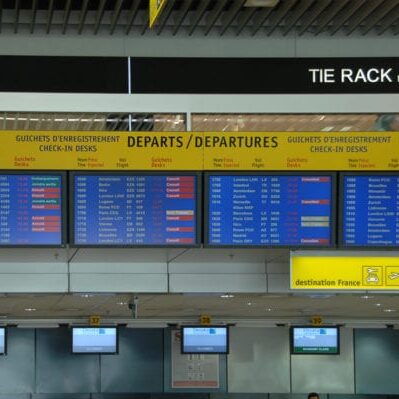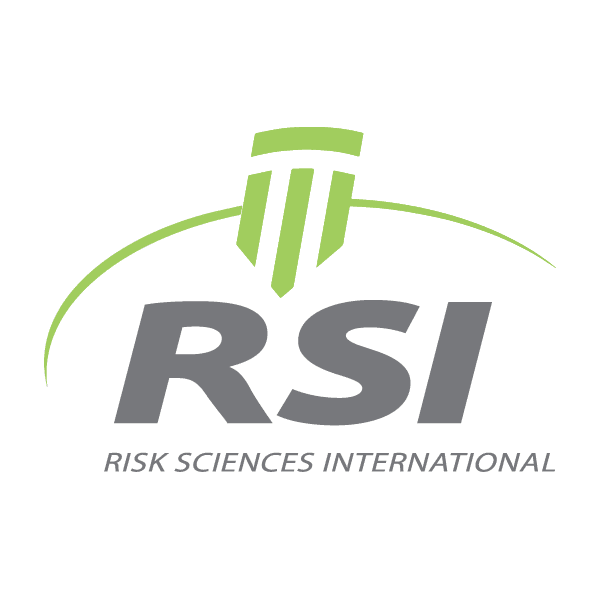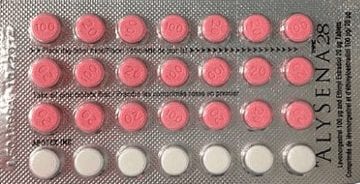Case Study Client: Genève Aéroport, Cointrin, Switzerland
Listing of the client in no way affirms the client's support, sponsorship, or validation in any form of Risk Sciences International or the RSI staff member(s) who conducted this project during their stay with RSI or prior to joining the company. This case study is displayed for informative purposes only to demonstrate the capacity of RSI staff members. This case study reveals no proprietary information or information deemed sensitive.
Mandate
Geneva International Airport was concerned that its signage had become problematic. Not only was it aesthetically overwhelming after decades of revisions and additions, it was becoming a safety risk with incidents resulting from misreading of cryptic graphics and conflicting directional arrows. In addition, the airport was suffering from traffic pattern issues, both for automobiles outside the terminal and passengers inside the terminal both air-side and land-side.
The project called for a comprehensive risk perception analysis combined with a set of recommendations both for signage and ergonomics with priority one being safety and priority two being aethetics – safety first, aesthetics second.
RSI Vice-President Cemil Alyanak was asked to lead the project.
Work
The team was told that traffic patterns were erratic. They were told that people were having a hard time understanding graphics so they were stopping and waiting tool long, causing line ups behind them. Apparently, there were also lighting problems with some signs having been installed in areas with inadequate lighting. The team's first order of business was to find out for themselves. For five days, the team observed, counted, photographed, walked and drove all the routes, and otherwise attempted to understand the status quo.
Next, the team wanted to understand how people were perceiving the signage and the flow. Were they feeling differently based on gender, culture, time of day, day of the week, season, profession, size of traveling party, and many other factors that researchers wanted to understand before arriving at any conclusion.
The observation and assessment period lasted a full three weeks with four team members exchanging duties so that no single bias would be introduced.
Next order of business was to come up with some solutions. During ten days, two separate teams met to follow their independent tastings: one team would come up with safety-oriented solutions while the other would propose aesthetic avenues. The goal was to keep the two teams separate and then to compare conclusions. Would the two visions match or not? Would they point towards issues?
Fortune smiled on the teams as they discovered that their respective solutions were compatible.
Time now came for some testing. The airport, being closed to air traffic at night, offered a perfect opportunity to set up scenarios. Over a period of several days, stand-ins, experts, and real passengers, were asked to perform certain tasks ranging from understanding signage to executing traffic patterns.
In the end, the work lasted a total of nine weeks resulting in the adoption of the recommendations by the airport's authority.

Outcomes
The report led to the implementation of a revised airport layout, signage, parking facilities, and even the addition of a recommended retail outlet at arrivals. Indeed, one small recommendation included the placement of a retail outlet just before the luggage pickup zone. Normally, these stores are reserved for departure, and yet research uncovered a passenger frustration, that of often arriving without a gift. What's more, this additional step, reduced the pressure at the luggage carousel, keeping some people back for a few extra minutes. Sales went up as did passenger satisfaction at the carousel. More importantly, the staggered flow gave customs officials more opportunities to stop and check arriving passengers.
The entire departure security area was also revisited. In fact it was reconstructed entirely. The result was similarly positive with a reduction in wait times and an increase in passenger satisfaction.
Lastly, two years later, accident data demonstrated that there had been a 65% reduction in traffic accidents in all public automotive areas including ramps and parking lots.
Posted in Case Study
More RSI Case Studies
RSI presents a very small selection of case studies to highlight some of its key work.
The review involved an analysis of the events and processes that led to public criticism of Health Canada’s handling of the drug company’s recall of a contraceptive drug due to…
Read MoreRSI was tasked with providing scientific advice and content for a nuclear power reactor licensing process in an OECD country. The nuclear safety commission in question regulates and licenses all…
Read More- « Previous
- 1
- 2




